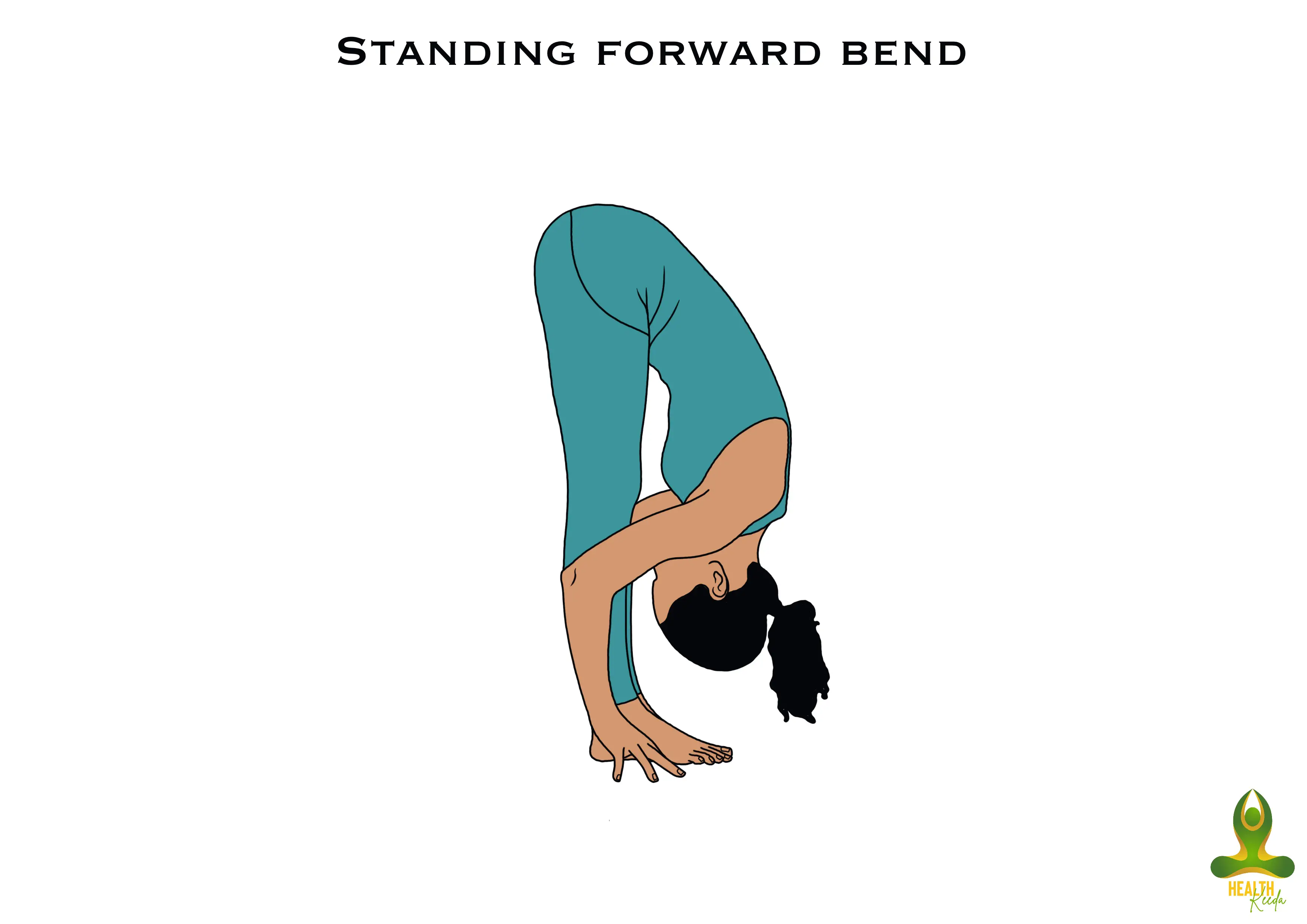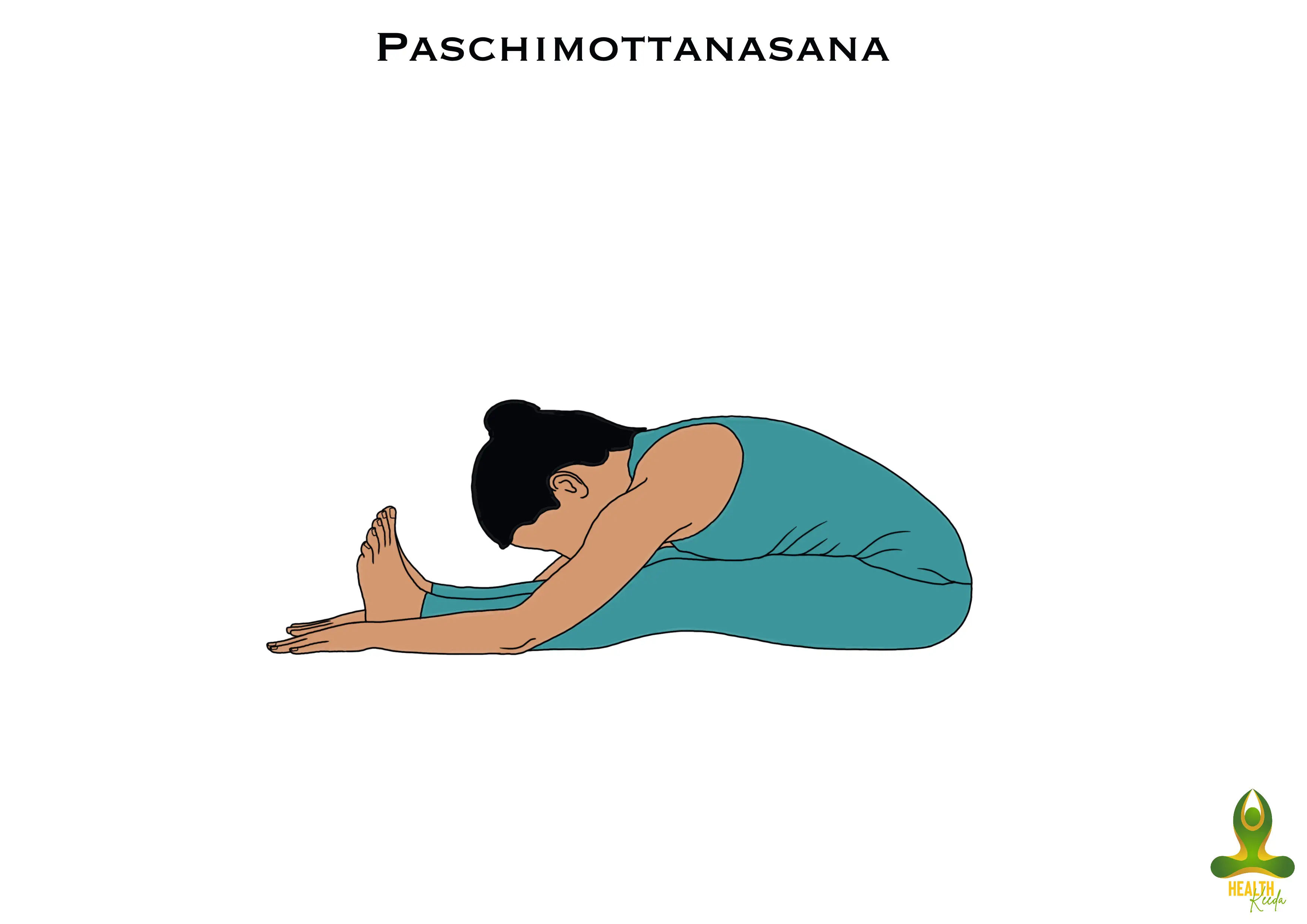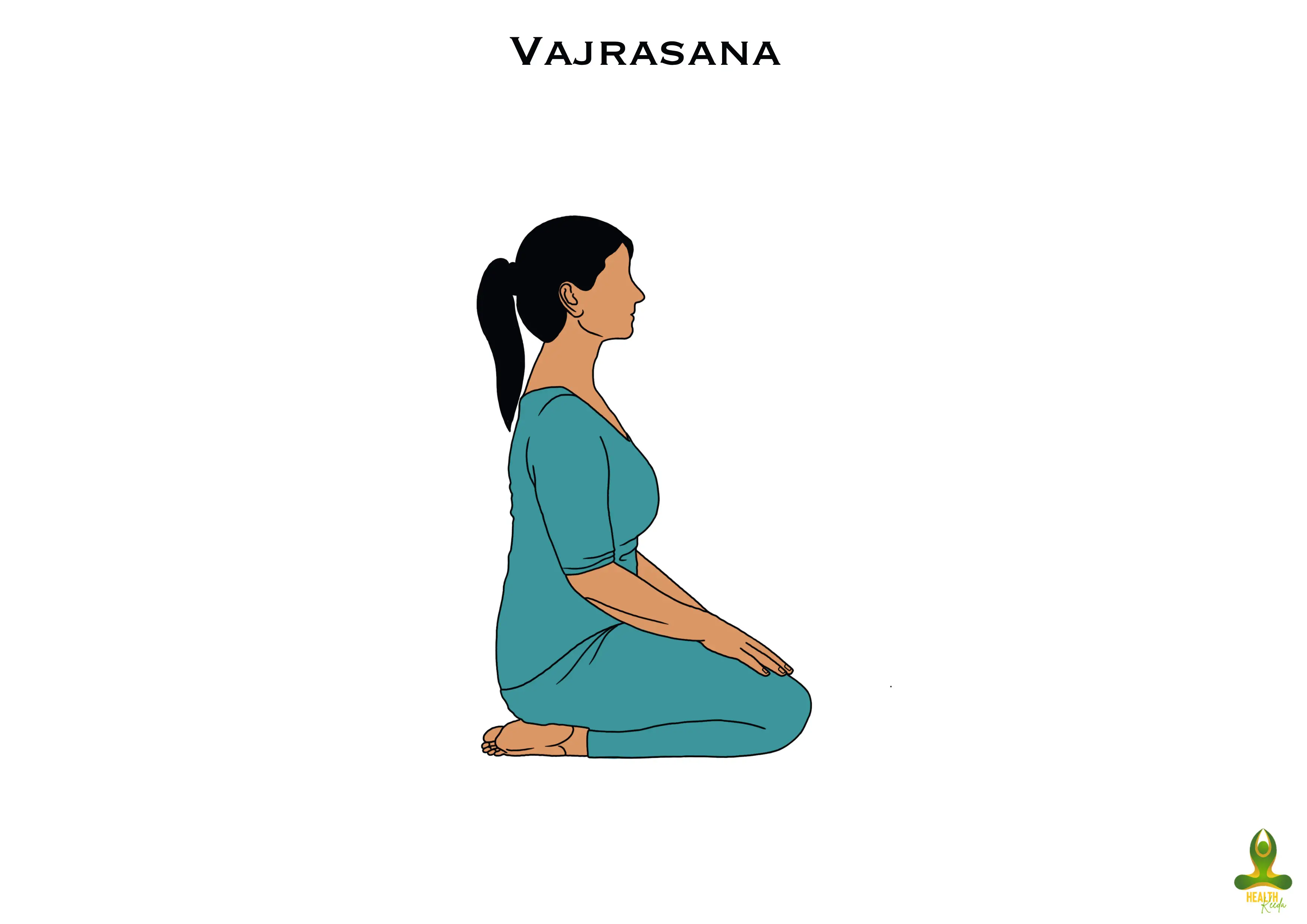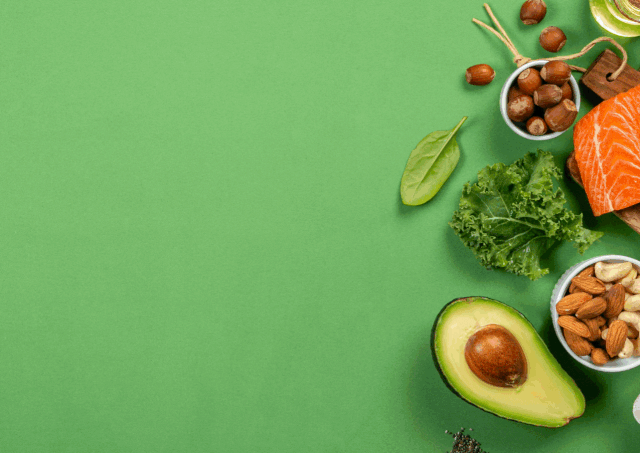Improve Digestion and Metabolism with Yoga Poses
With a range of delicious dishes available, we can’t seem to control our tongues over them. But this can come with a cost, and that cost has to be paid by our digestive system. So we must make certain...

By bloggingstudio on April 13, 2022 0
With a range of delicious dishes available, we can’t seem to control our tongues over them. But this can come with a cost, and that cost has to be paid by our digestive system. So we must make certain changes in our lifestyle so the loss that has been done can be recovered.
Yoga is one of the biggest lifestyle changes you can make for your body. When you do yoga for digestive system, it remains healthy and improves metabolism too. Keep reading to know more about this.
What is called digestion?
Digestion is the process of converting food eaten by us into nutrients used by the body to repair cells, grow, and get energy. Digestion also means eliminating waste from your body. It means breaking down large and insoluble food particles into small and soluble food particles.
What are the types of digestion?
Digestion can be classified into two types:
1. Mechanical Digestion: In this type of digestion, food is broken down into small particles physically. This is the first step of digestion, and we do it by chewing.
2. Chemical Digestion: This digestion takes place inside our body, where food is chemically broken down using enzymes and acids into simpler molecules.
What are the 4 main functions of the digestive system?
The 4 main functions of the digestive system are as follows:
1. Motility: Peristalsis is a process in which food flows through the digestive tract. Motility involves everything from breaking down and mixing absorbed nutrients to eliminating undigested waste from your body.
2. Secretion: Secretion means releasing hormones, enzymes, among other substances that help digest eaten food. Hormones are the ones that instruct the body when digestive juices need to be produced and also give signals to the brain about your full or empty stomach.
3. Digestion: Minerals, fats, vitamins, proteins, carbohydrates, and other ingested nutrients are decreased into very small molecules that can easily pass through the gut lining, getting into the bloodstream.
The digestive system’s role is to break down the food consumed by us, and the body uses it for cell repair, energy, and growth. Here’s an overview of this function:
1. Proteins divide into amino acids.
2. Fats get divided into glycerol and fatty acids.
3. Carbohydrates get breakdown into simple sugars.
4. Absorption: It’s time for digested nutrients to pass into the blood from the gut to transfer to the lymph system or circulatory system to the remaining body for usage or storage. Vitamins and fatty acids are absorbed by the lymph system. Glycerol, simple sugars, amino acids, salts, and some vitamins are carried to the liver by the blood. These nutrients are stored and processed by the liver and delivered when needed by the body.
What causes fast metabolism?
A person’s metabolism is affected by genetics. Fast metabolism can be built over time by creating lean muscle mass and maintaining a record of calorie intake daily. Here are some of the factors that can affect metabolic rate:
● Physical activity
● Sex
● Muscle mass
● Hormone disorders
● Body composition and size
Here are a few factors that can cause temporary metabolism:
● Fighting infection
● Cold temperatures (as the body makes efforts to keep you warm)
What is metabolism in simple words?
In layman’s language, metabolism is the process of changing food into energy through chemical reactions by body cells. Our bodies require energy to do everything literally, from thinking to moving.
What are the types of metabolism?
Metabolism has two types:
● Catabolism
● Anabolism
Catabolism means breaking down organic matter.
Anabolism constructs cell components like nucleic acids and proteins using energy.
How Does Yoga Help Cure indigestion?
Indigestion can be very discomforting and affect our day-to-day activities negatively. Indigestion is a major problem, but it is a curable problem too. Yoga can help cure indigestion and make you feel like yourself again. It provides relief to many digestive problems, including indigestion. There are certain poses of yoga for digestion that can help you get instant relief and future relief.
Yoga for Digestion
Here are the yoga poses you should try and practice daily to help you get fit and fine.
1. Vajrasana
Welcoming vajrasana in your daily yoga practice can help your digestive system positively.
Formation
Sit on a flat surface by kneeling down.Fold your knees, and your feets’ bottoms should be facing upwards.Rest your hips on your heels and your thighs on your calves.Keep your spine and neck straight.This pose is meant to be comfortable so keep adjusting until you feel comfortable.Place both your hands on both your knees.Inhale and exhale deeply.Beginners should do this pose for 3-4 minutes, and professionals should for 5-6 minutes.
Benefits
It hinders blood flow to the thighs and legs and increases the blood flow in our stomach region.This results in improved bowel movements and eventually removes constipation.Acidity and gas are also prevented by doing vajrasana.It is recommended to do Vajrasana after having your meals as it helps in digestion.2. Padahasthasana
Formation
 Stand straight and keep your feet together.Inhale slowly and deeply.Now take both your arms above your head by stretching them.Exhale and bring your head towards your knees. Don’t bend your knees.Hold your calves using your hands.Stay in the position for 1 minute.
Stand straight and keep your feet together.Inhale slowly and deeply.Now take both your arms above your head by stretching them.Exhale and bring your head towards your knees. Don’t bend your knees.Hold your calves using your hands.Stay in the position for 1 minute.Benefits
Padahasthasana helps in removing the fat from the stomach.The digestive system is strengthened by the regular practice of Padahasthasana.It improves digestion and reduces intestinal problems.3. Balasana (Child’s Pose)
Formation
 Sit in Vajrasana position.Now bring your chest to your thighs.Stretch your arms forwards and place them on the ground, palms facing downwards.Place your head on the ground and stay in the position for 2-3 minutes.
Sit in Vajrasana position.Now bring your chest to your thighs.Stretch your arms forwards and place them on the ground, palms facing downwards.Place your head on the ground and stay in the position for 2-3 minutes.Benefits
It helps in calming the mind by releasing stress.This pose is helpful for the lymphatic system, thighs, and hips.4. Paschimottanasana (Seated Forward Bending)
Formation
 Sit on a floor with both your legs stretched straight in front of you.Inhale and stretch your arms upwards.Now bend forward and bring your head to your knees.Try holding your toes with your hands.Stay in the pose for 1 minute.
Sit on a floor with both your legs stretched straight in front of you.Inhale and stretch your arms upwards.Now bend forward and bring your head to your knees.Try holding your toes with your hands.Stay in the pose for 1 minute.Benefits
This pose helps in treating constipation and releasing gas.It also massages the organ gently and decreases abdominal fat.5. Ustrasana
Formation
 Kneel on the floor. Keep the arms on the sides.Slowly bend backward by lifting your one hand upwards.Use your right hand to touch the right heel.Same with the left hand.Stay in the position as long as you can, and don’t put any pressure on yourself.
Kneel on the floor. Keep the arms on the sides.Slowly bend backward by lifting your one hand upwards.Use your right hand to touch the right heel.Same with the left hand.Stay in the position as long as you can, and don’t put any pressure on yourself.Benefits
It expands the abdominal region and improves digestion.6. Pawanmuktasana



Formation
Lay on your back on the floor with your hands on the sides.Keep inhaling and exhaling while you bring your knees towards your chest. Your thighs should be pressing against your abdomen.Stay in the pose and keep deep breathing.Benefits
It’s a weight loss yoga.Helps in releasing gas.Boosts metabolism and reduces belly fat.Conclusion
While doing yoga for metabolism, you will notice that it helps you in so many ways. First, you will feel this instant positive change in your body by practicing these yoga poses daily. They are so healthy for your digestive system that they make your brain crave healthy food instead of junk food.

 Astrong
Astrong 






























![6 Ways Creators Can Use Meta AI [Infographic]](https://imgproxy.divecdn.com/oWHvh1SOQzpl85udkH3rBnzoX7T5sjKPkJpQi2A8T5w/g:ce/rs:fit:770:435/Z3M6Ly9kaXZlc2l0ZS1zdG9yYWdlL2RpdmVpbWFnZS82X3dheXNfY21ldGFfYWkyLnBuZw==.webp)


